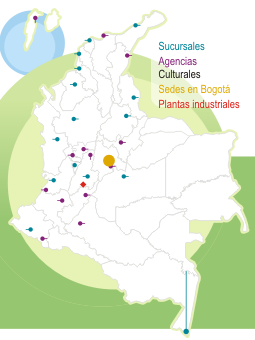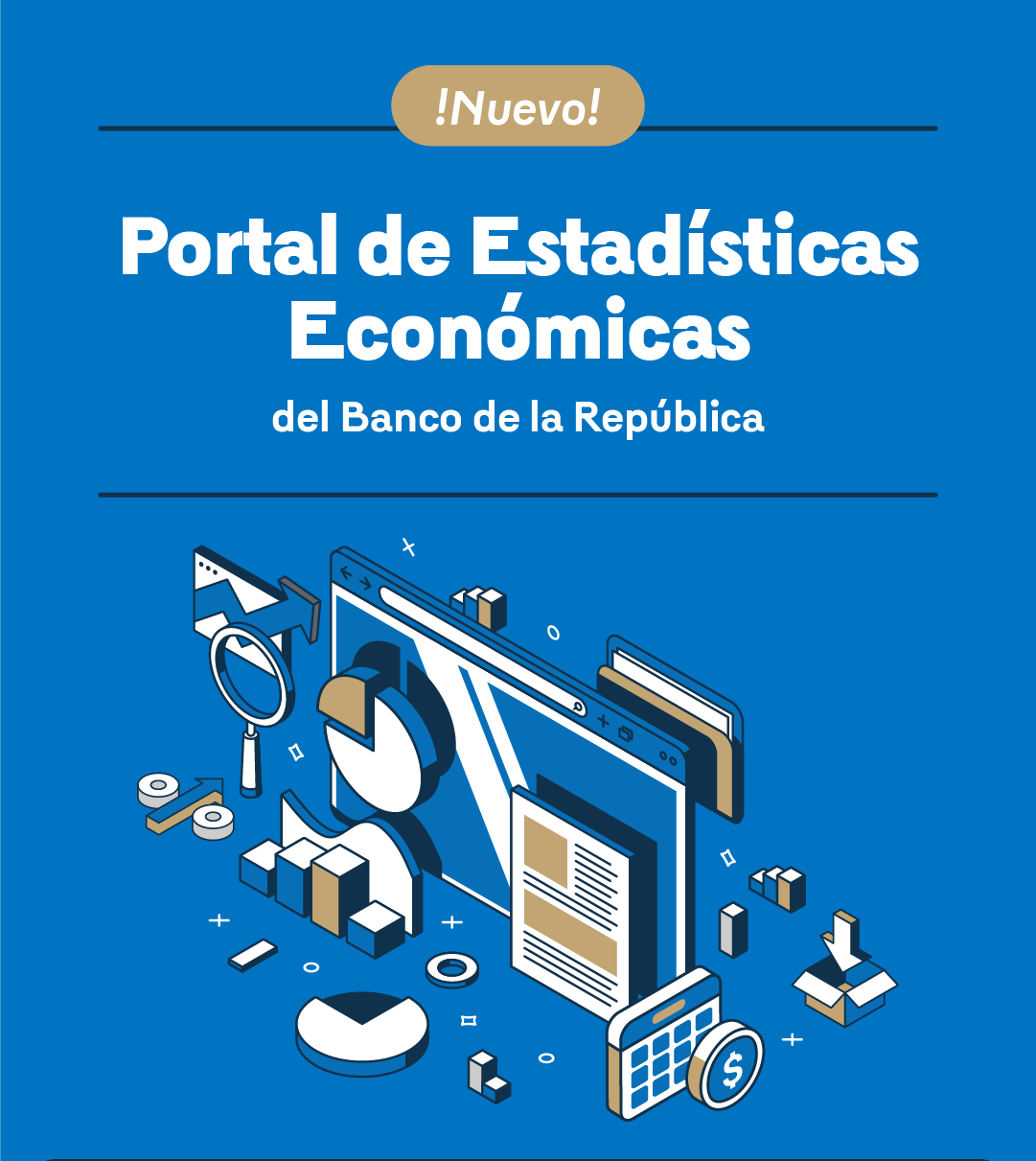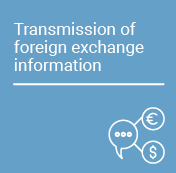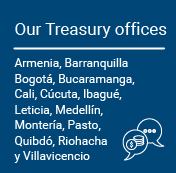Financial Markets Report - Third Quarter 2023
The main purpose of these documents is to provide quarterly information on financial markets. Opinions and possible errors are the sole responsibility of the author and their contents do not compromise the Board of Directors of Banco de la República (the Central Bank of Colombia, Banrep).
In the third quarter of the year, the high levels of global inflation continued to moderate. In the face of stronger-than-anticipated economic activity in developed economies as well as expectations of a more contractionary monetary policy path, global public debt devalued. Riskier assets have also been affected by recent events that have led to a reduction in investors’ risk appetite.
Global inflationary pressures remain high, although they continued to exhibit a downward trend in most countries, mainly due to lower supply pressures.
- Major central banks of developed economies continued with a cycle of interest rate hikes, markets continued to disregard a more contractionary monetary policy path, and public debt instruments devalued.
- The central banks of some countries in the region (Brazil, Chile, and Perú) began a cycle of cuts in their monetary policy rate (MPR), which is in line with the correction of inflation and its expectations in these countries.
- Mid-term market inflation expectations increased slightly for developed countries, while short-term inflation expectations increased slightly in the region. This is mainly explained by the materialization of some risk factors in the inflationary outlook, such as the supply pressures that influenced the increase in oil prices during the period.
Economic activity was more resilient than expected, with slight improvements in the overall growth outlook for this year and reductions for next year. Risk perception increased globally, mainly due to concerns on the U.S. fiscal front and China's economic performance.
- Economic activity has surprised the market favorably in most countries, especially those intensive in activities associated with services (e.g., the United States and Mexico), while in those intensive in manufacturing activities (e.g., Germany and China), the trend has been the opposite.
- Some riskier assets, including equities and long-term debt, performed negatively due to a reduction in risk appetite caused by the impact of greater uncertainty regarding the U.S. fiscal future.
- Difficulties were evident in the negotiations between Congress and the U.S. Government regarding the debt ceiling and public spending. In this regard, Fitch reduced the country's sovereign debt credit rating.
Locally, market agents discounted a more contractionary monetary policy path by Banco de la República (the Central Bank of Colombia, Banrep), and public debt instruments devalued in line with what was observed at the global level.
- Local public debt showed a higher devaluation than its regional peers due to the greater sensitivity to external factors that Colombian securities have shown recently.
- The yield curve in Colombian pesos increased, reversing the downward trend observed in the first half of the year.
- Foreign investors increased their sales of public debt instruments in the quarter, which could be associated with profit taking and rebalancing given the accumulated valuations of Colombian securities during the year.
- Foreign investors' outflows were offset by inflows from local pension funds, which have accumulated record purchases so far this year.
The money market continued to operate adequately, and the overnight benchmark interbank rate (IBR in Spanish) was very close to the monetary policy rate established by the Board of Directors of Banrep (BDBR) in line with the fulfillment of the monetary policy's operational objective.
- Banco de la República offered repos at different maturities and made purchases in the public debt market to provide permanent liquidity to the economy and prevent the IBR from deviating from the MPR.
- During this period, the spreads between the rates of deposit certificates (CDTs in Spanish) and Treasury securities (TES) were corrected, partly due to the measures taken by the Financial Superintendency of Colombia (SFC in Spanish) regarding the modification of some weightings of the available stable funding that is part of the Net Stable Funding Ratio (NSFR) requirement, as well as the measures implemented by Banco de la República to provide liquidity.
In the foreign exchange market, the Colombian peso continued to appreciate in contrast to the currencies of the region's peers.
- The exchange rate reached levels not seen since the beginning of last year.
- The Colombian peso was favored by higher oil prices, a stable local risk perception, and expectations of a tighter monetary policy by Banrep.
- Most emerging market currencies depreciated as the US dollar strengthened worldwide and global risk sentiment increased following concerns about the slowdown in China’s economic growth.
Index of Boxes in the Report
Box 1: Recent liquidity situation and the role of Banco de la República
Box 2: Relationship between overnight index swaps and Treasury Bonds (TES)
Box 3: Characterization of foreign investors in the TES spot market
Box 4: Analysis of foreign investor flows in the TES spot market volatility

































































